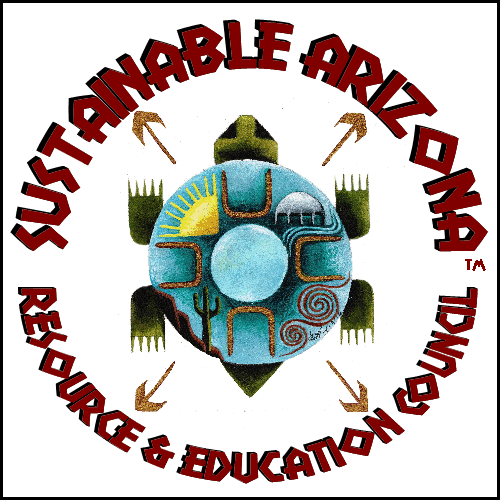By Daniel Fleischmann, Renewable Energy World
Since the big push from the U.S. government for investment in renewable energy in 2009, we’ve had the opportunity to see how prices have changed between states that have made large investments in renewable energy, and those that have not.
Critics of renewable energy investment say that renewable energy will never be as cost-effective as fossil fuels and could give customers sticker shock.
But is that the case?
To make the comparison, I took a sampling of 40 states; 20 states that have clearly invested heavily in increasing generation from renewable energy, and 20 states that have clearly been lagging behind on investment. I left out Alaska and Hawaii, where electricity prices are affected by different market forces than in the lower 48 states. I focused on the increased generation from geothermal, solar, and wind energy. Biomass has only grown measurably in New Hampshire and Virginia over the past several years.
I focused on generation rather than consumption, since the practice of actually constructing and operating these facilities within the state is more of an “investment” than buying power from hundreds of miles away. To do this, I compared the average price of power provided by the Energy Information Agency (EIA) for each of these states from 2010 through 2015 with the approximate average price over the last 18 months.*
In selecting the states for each list, I found it pretty clear to differentiate those that had invested heavily in renewable energy and significantly increased generation, with those that had not. This list takes into account EIA estimates on generation from distributed solar.
The obvious states that have invested heavily include California, Colorado, Iowa, Kansas, Maine, Massachusetts, Minnesota, Nevada, New Mexico, North Dakota, Oklahoma, South Dakota, Texas, and Vermont. As for the remaining six states, I found Arizona worthy for the list, growing from 0.2 percent of its generation from wind and solar in 2010 to nearly 5.8 percent through the first half of 2016.

